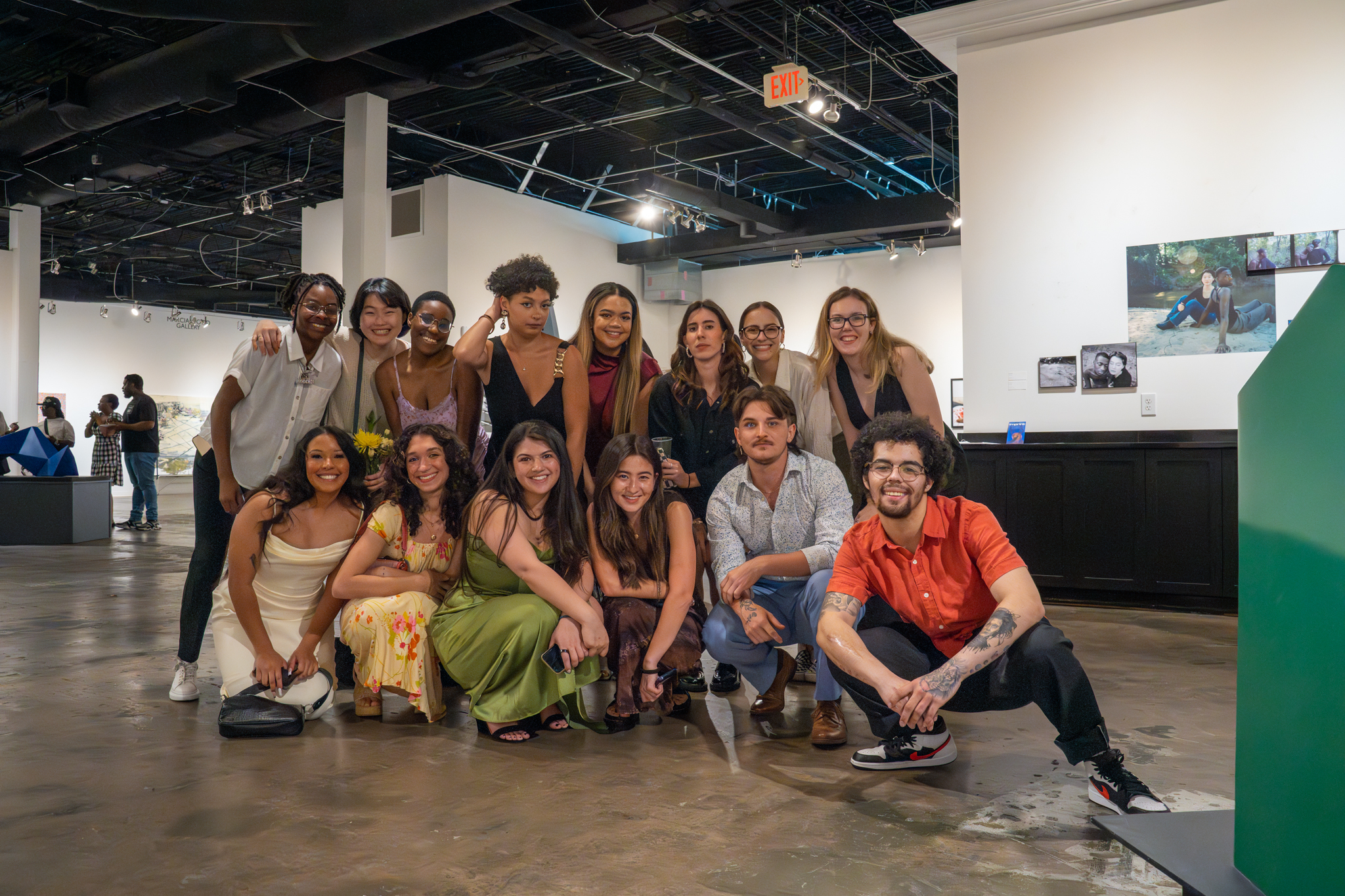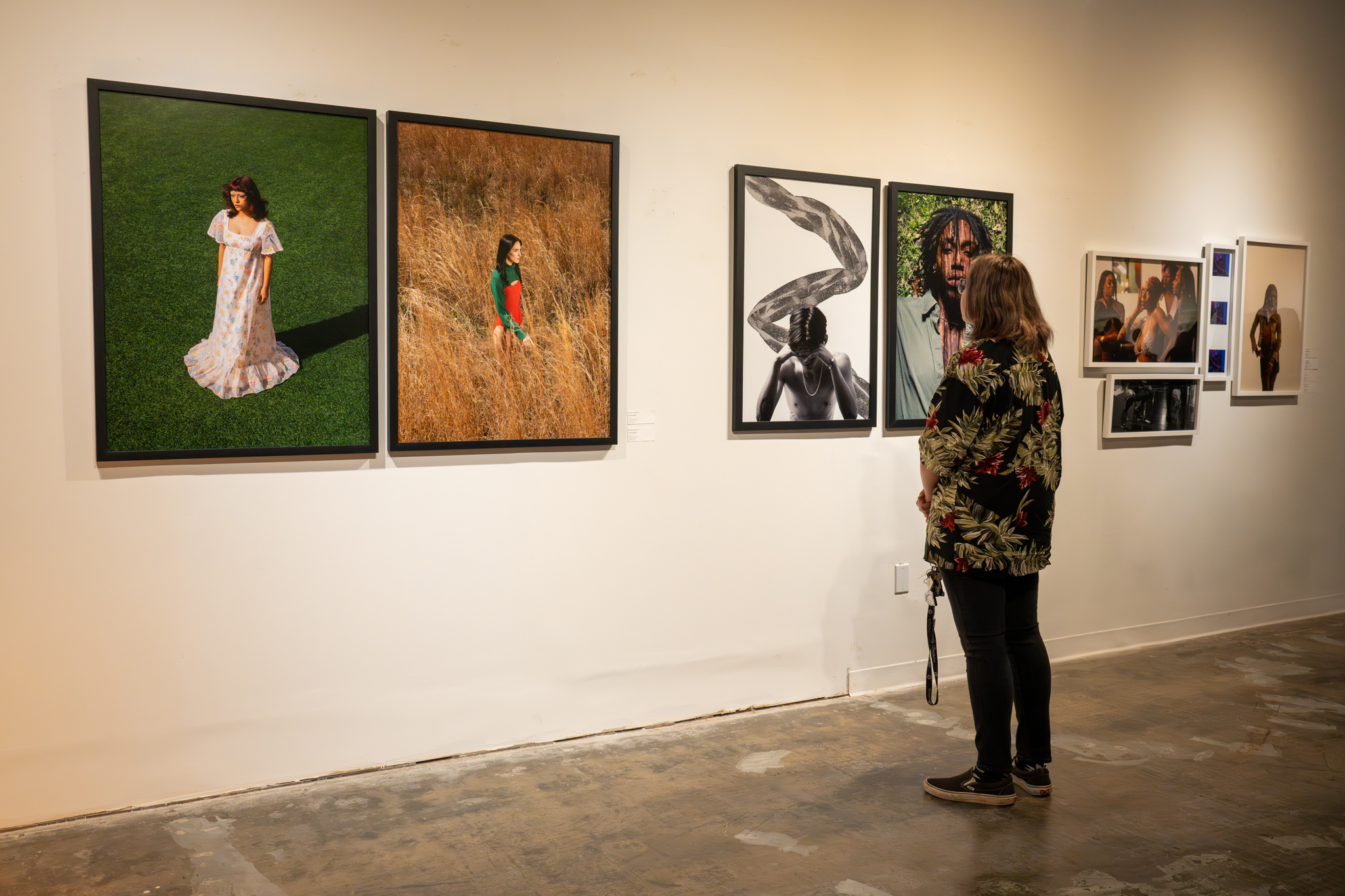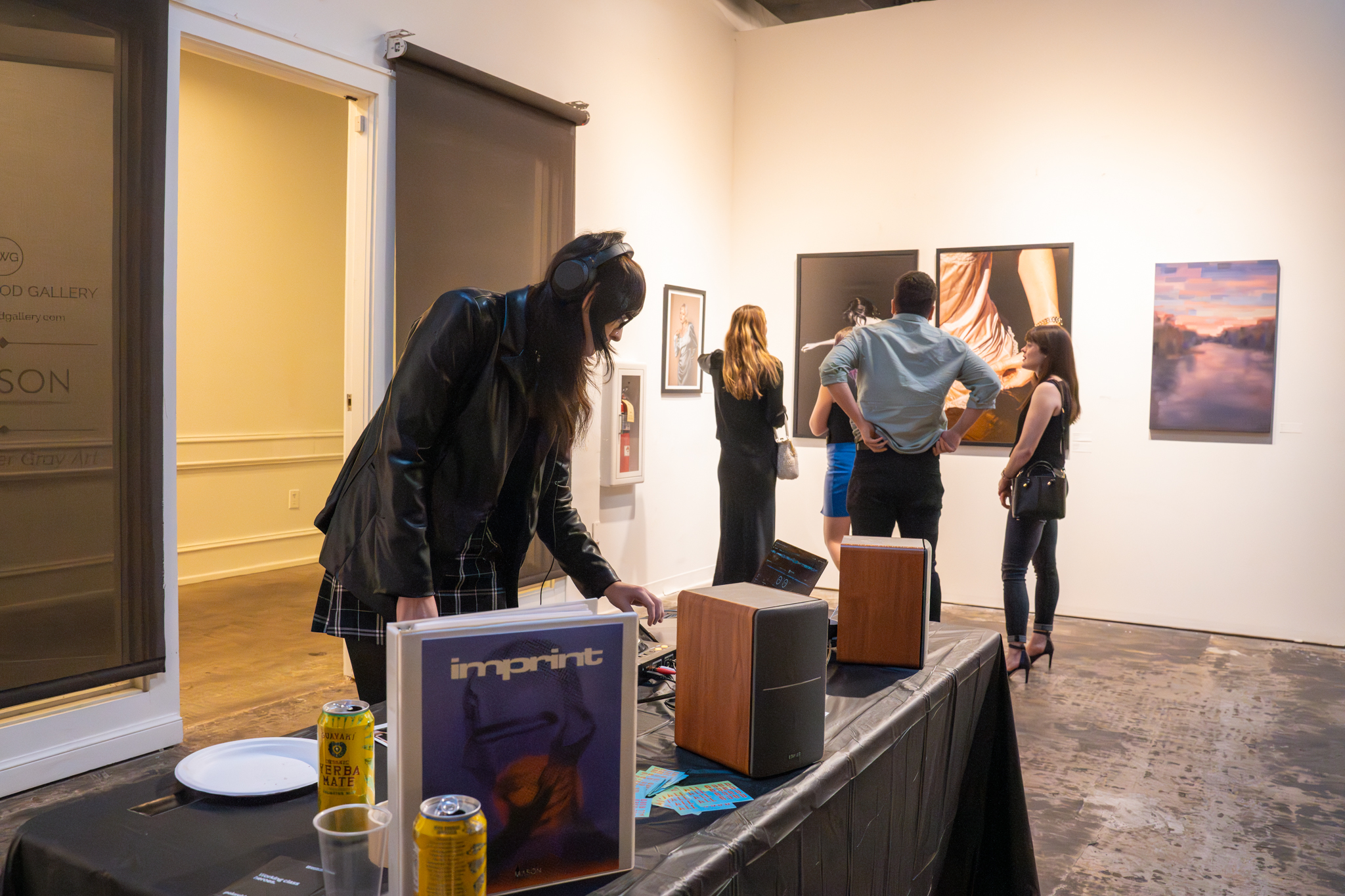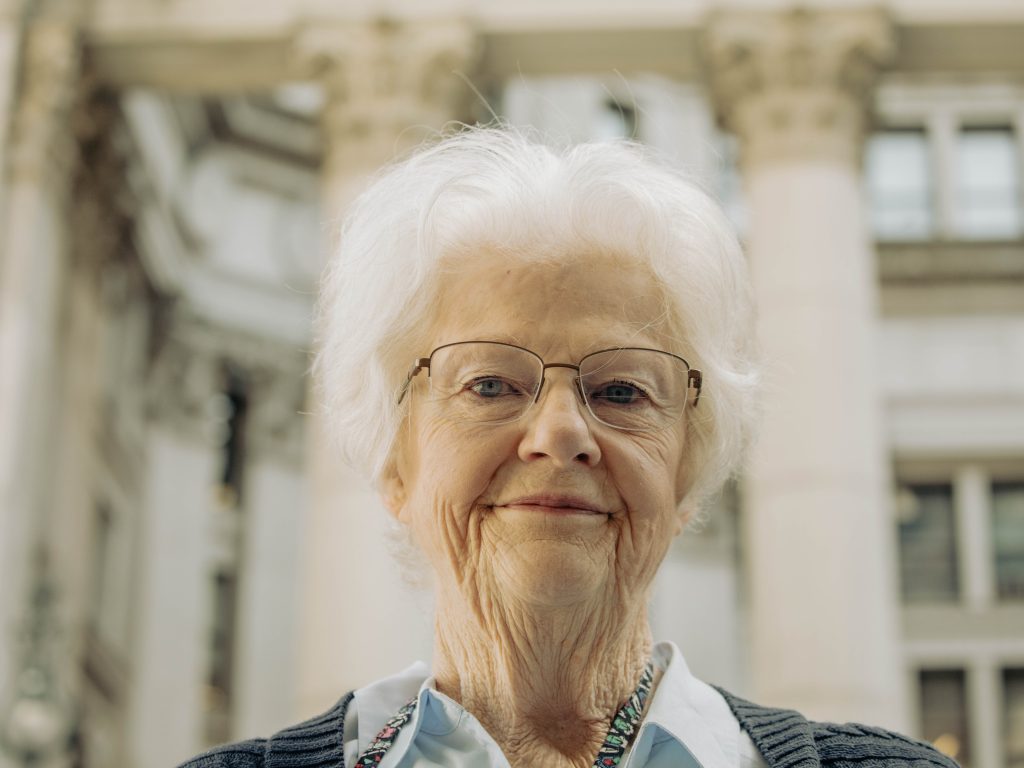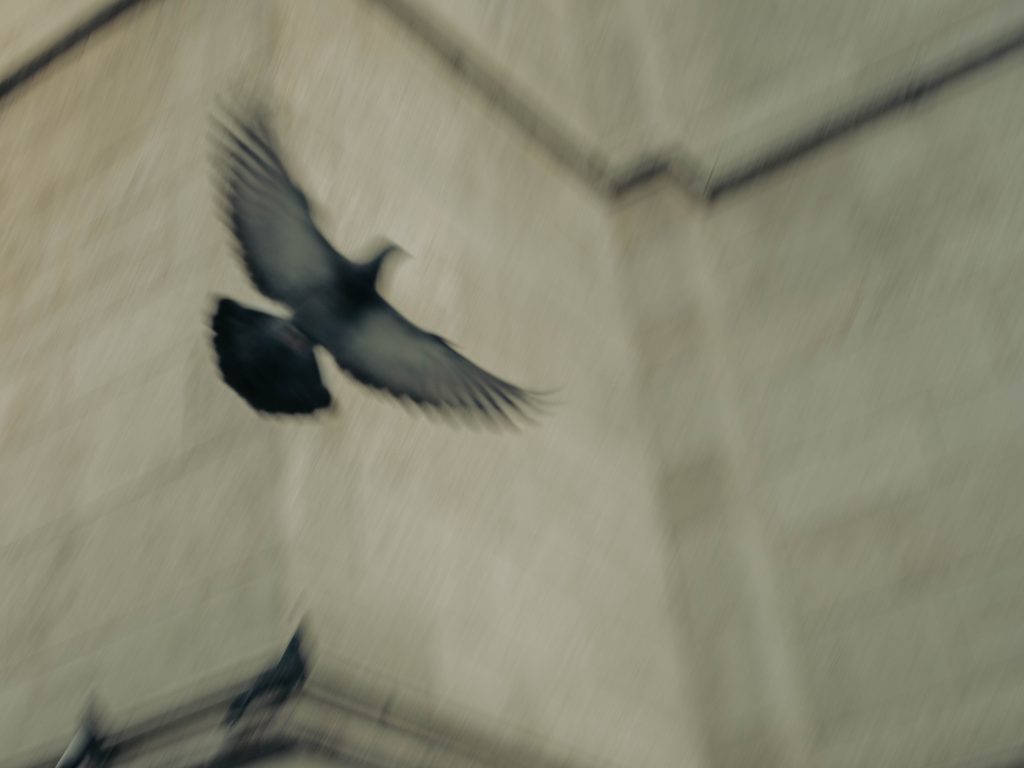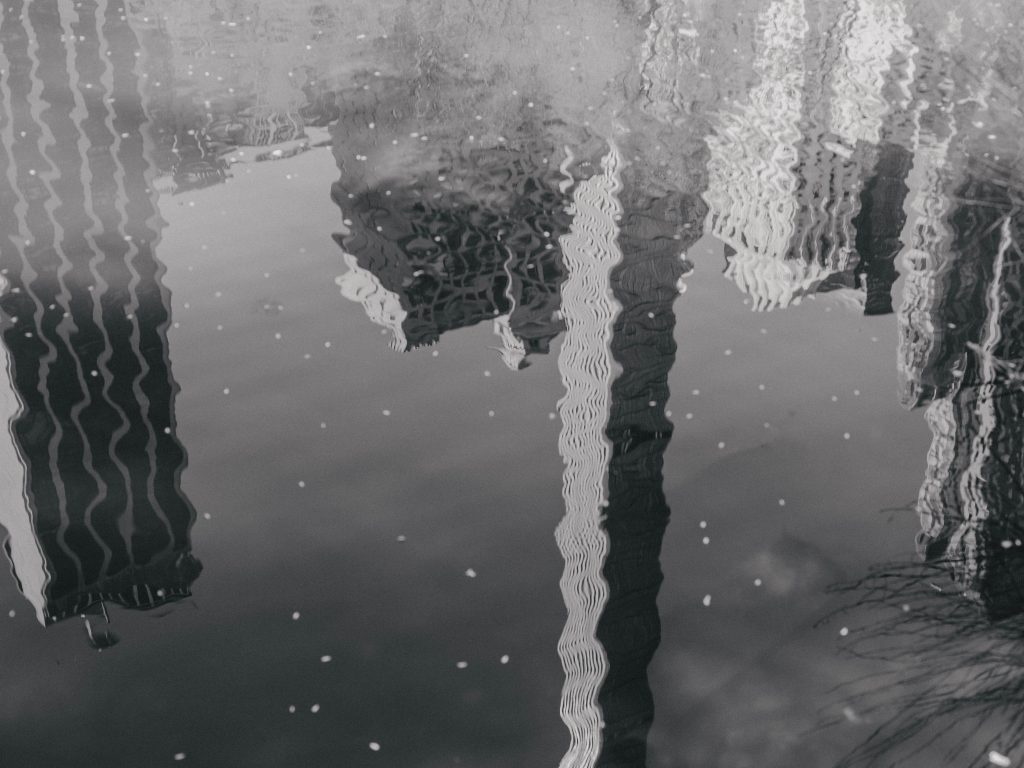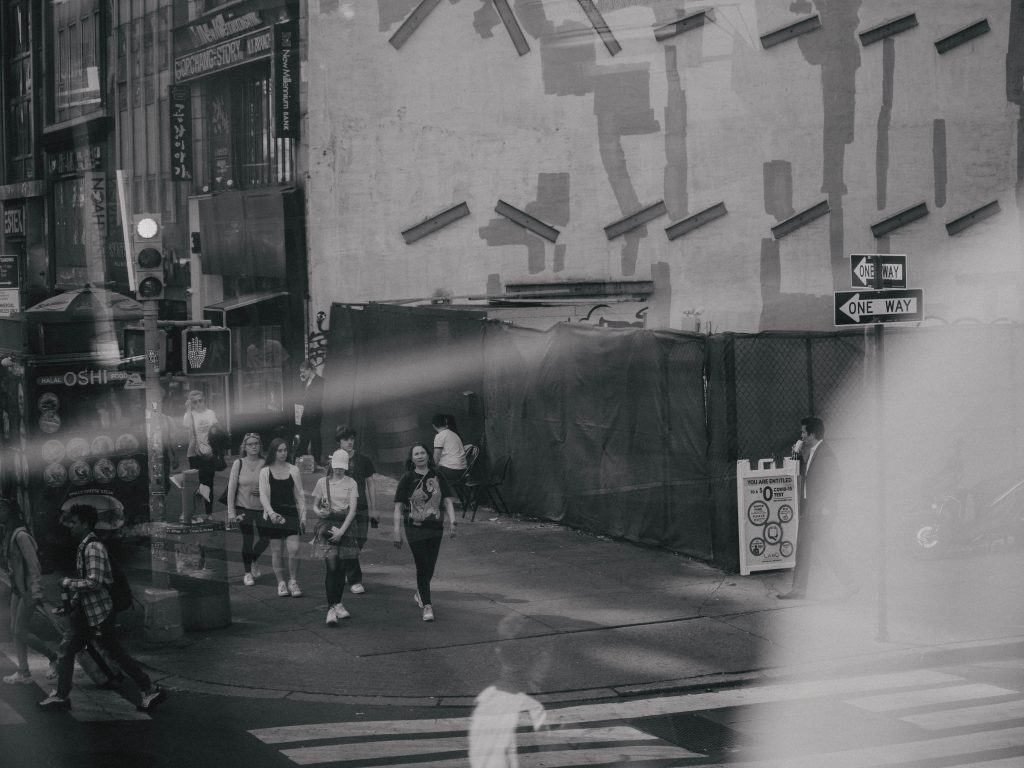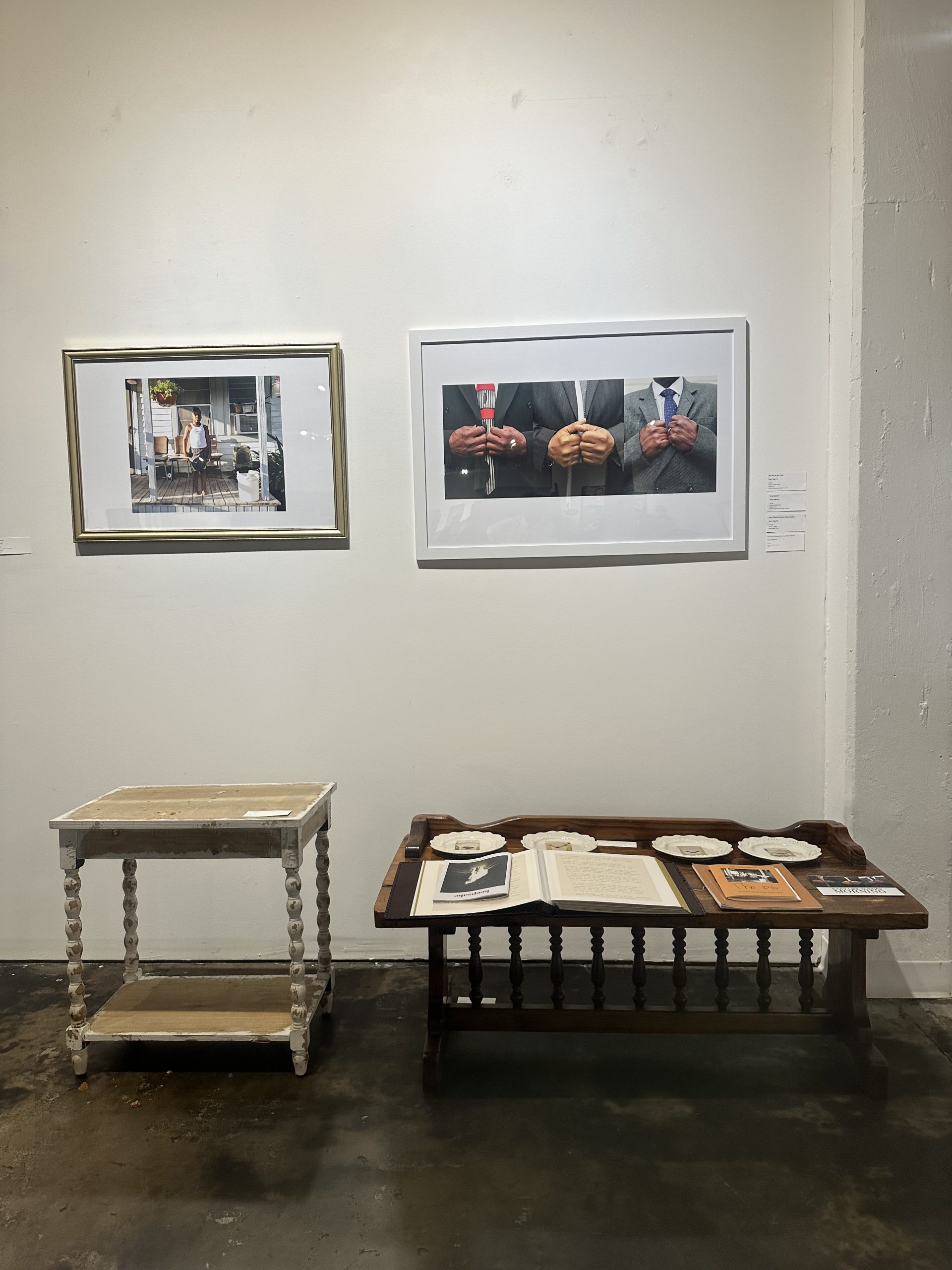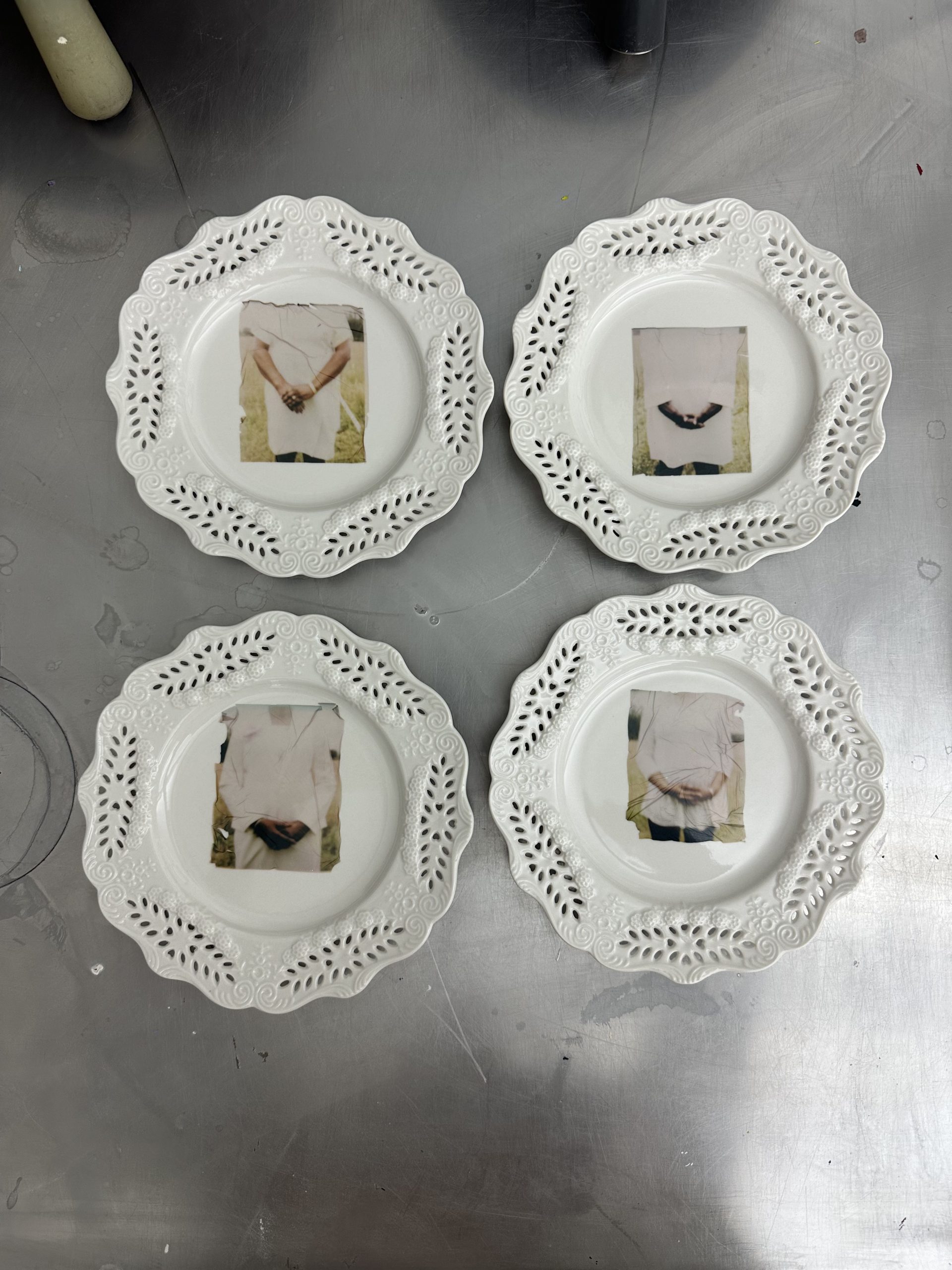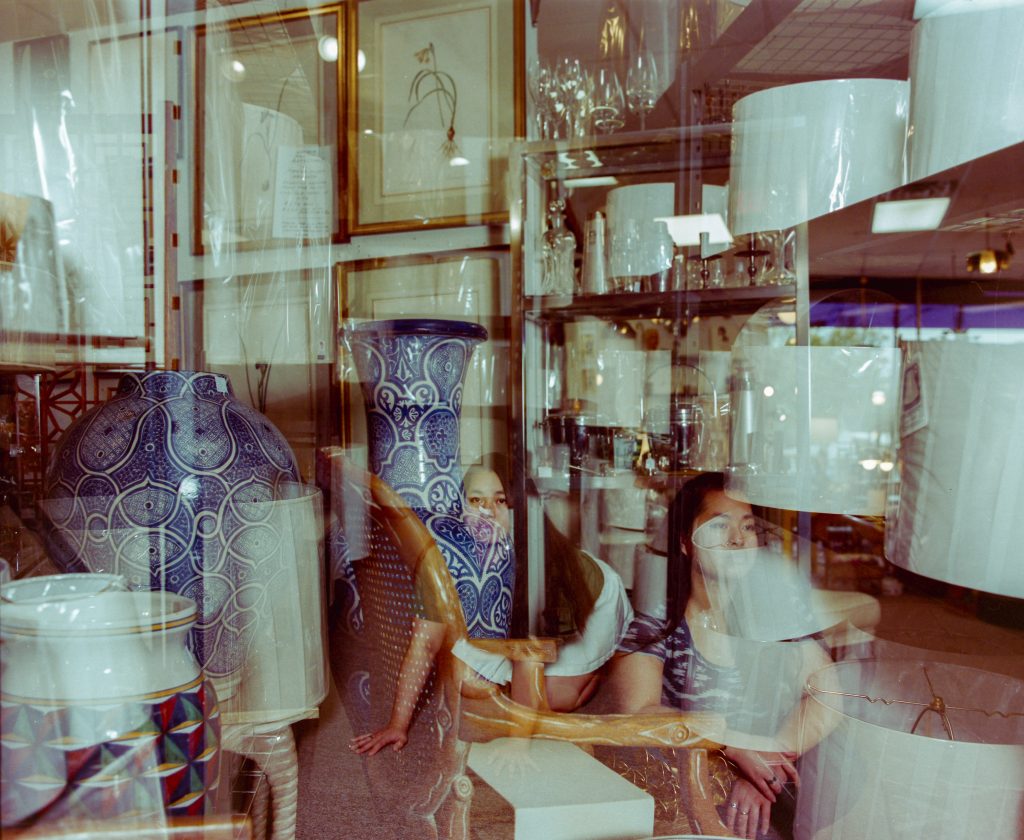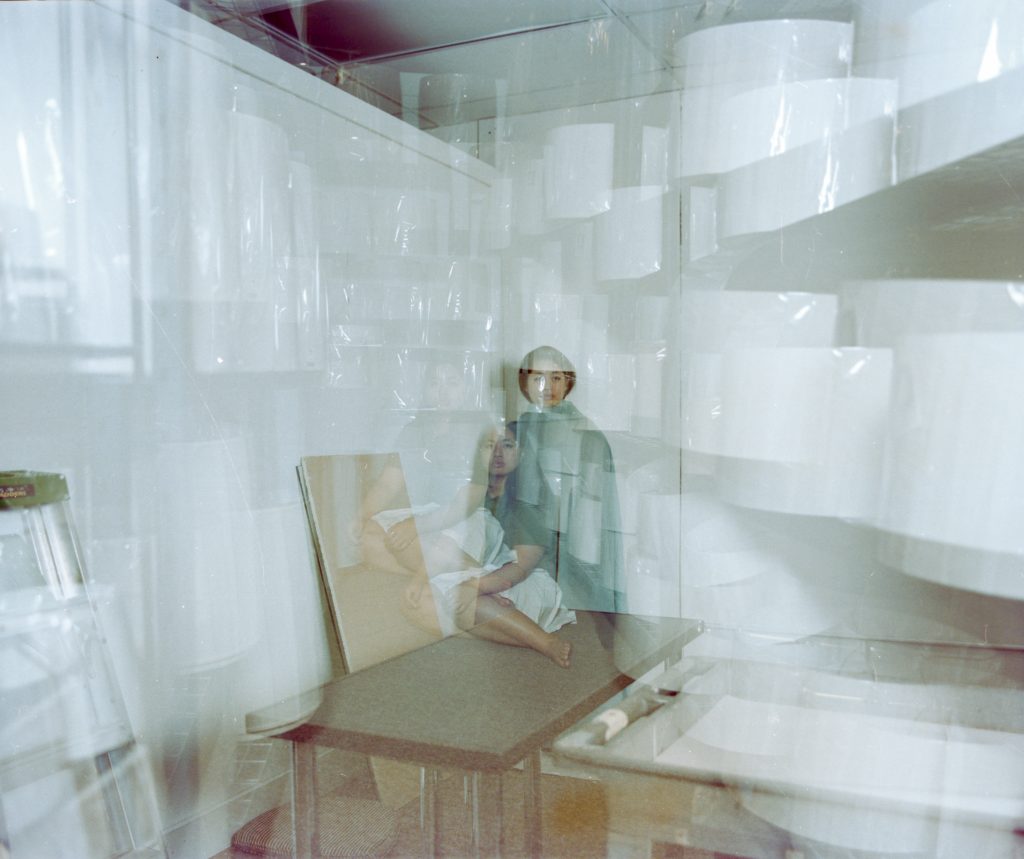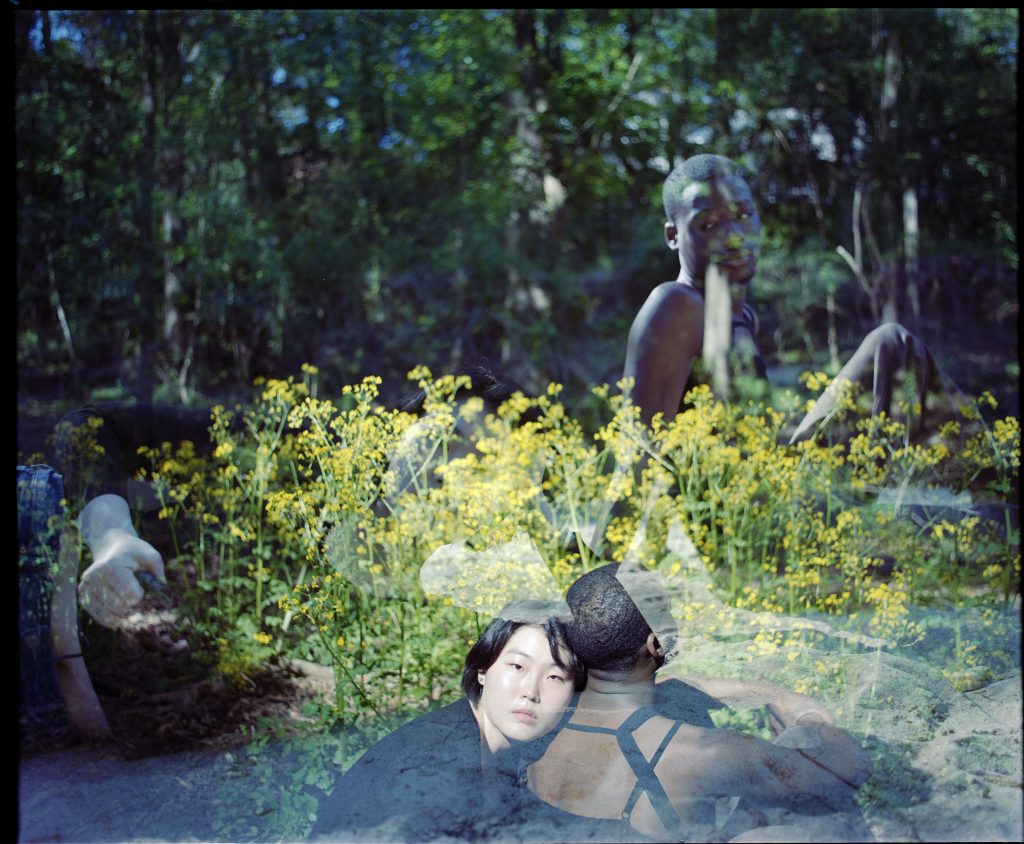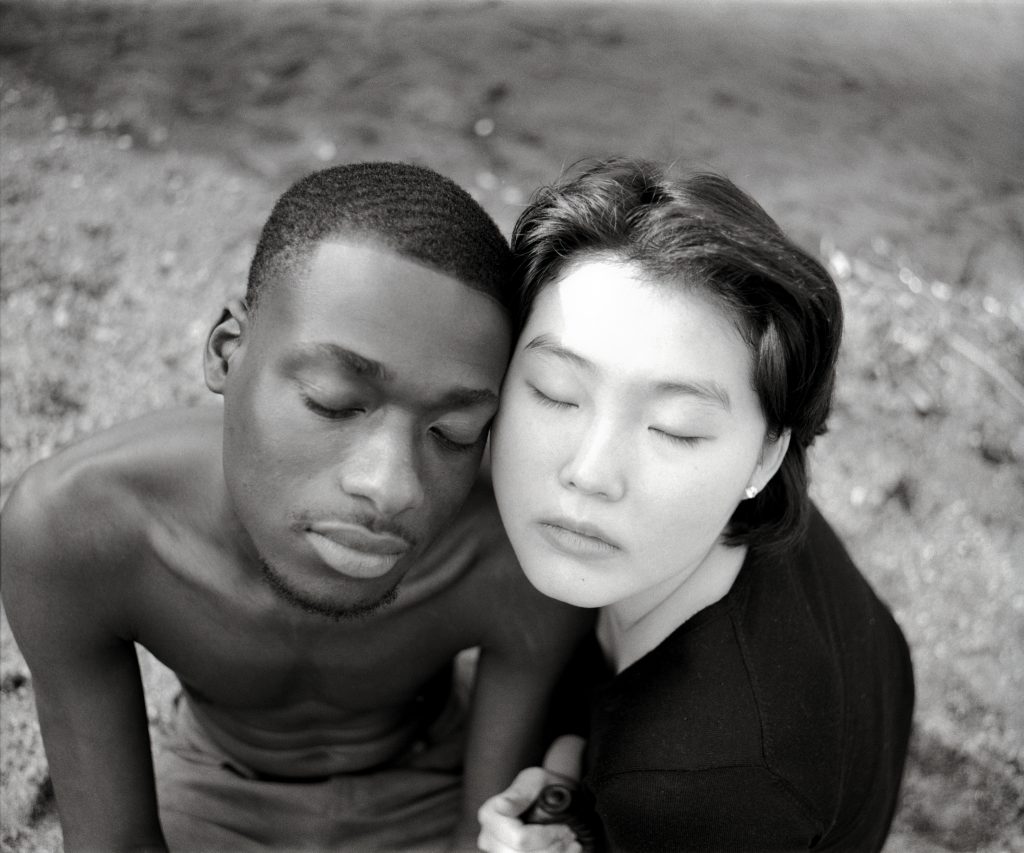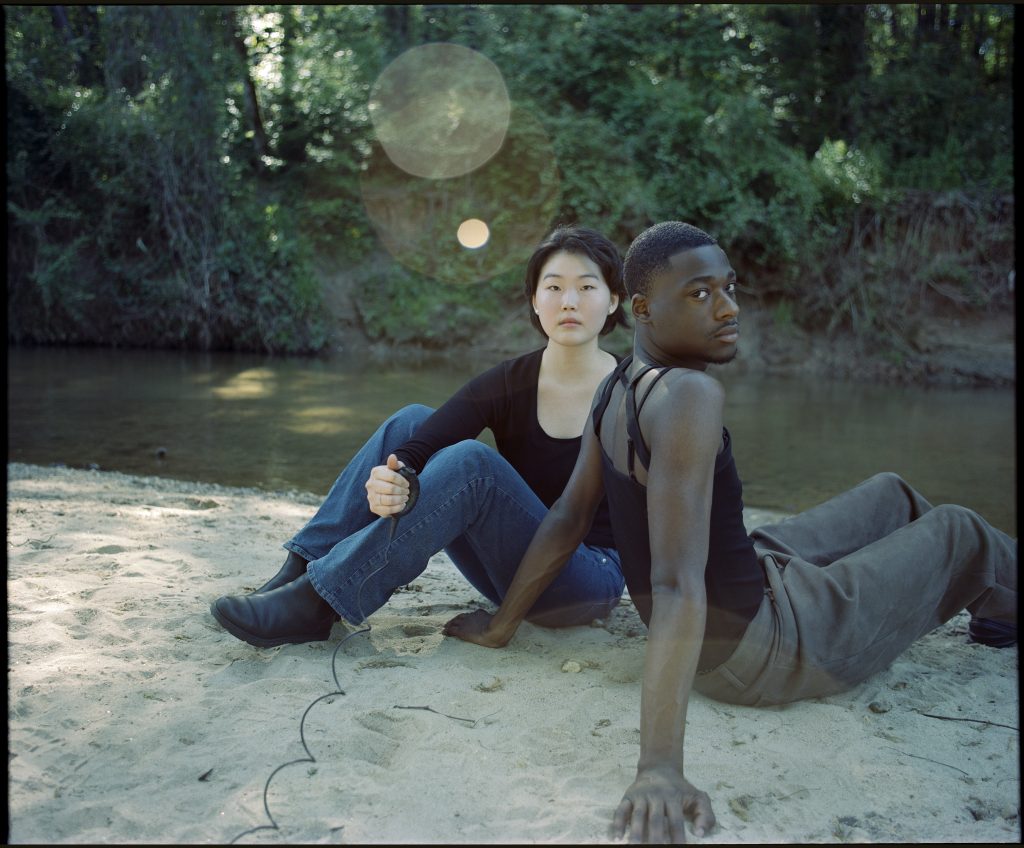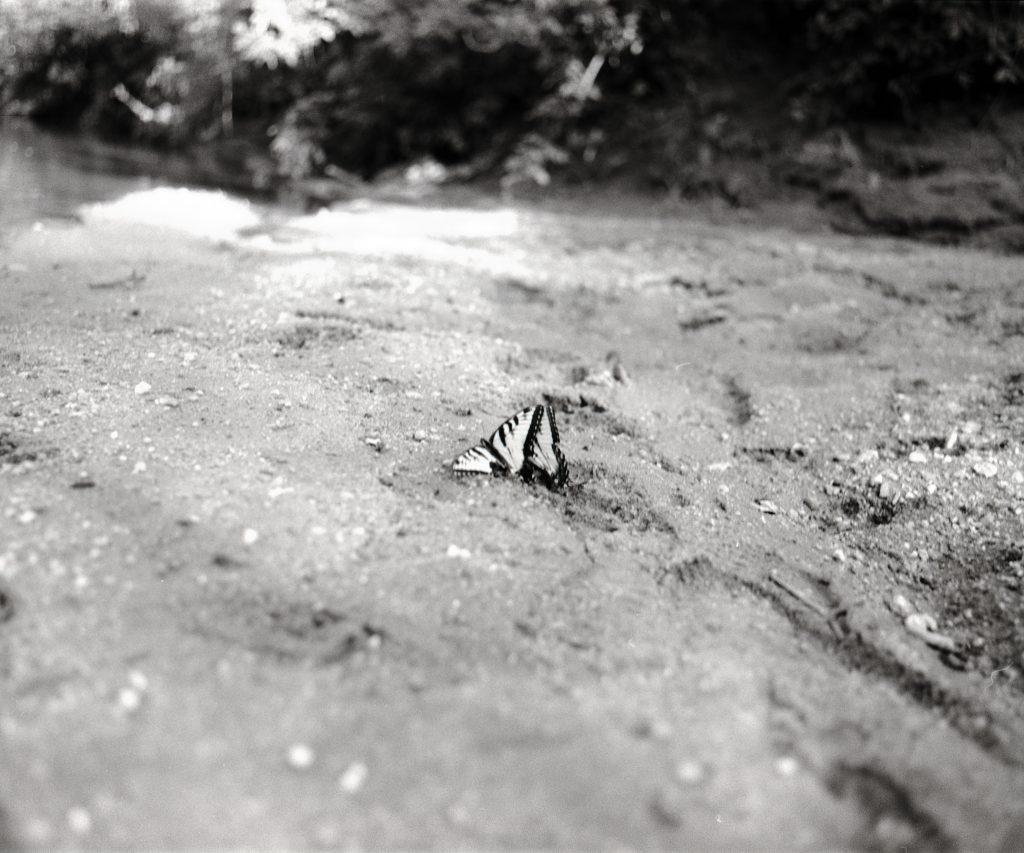A lasting “Imprint” made by Class of 2023 photo majors
A select group of the class of 2023 SCAD photo majors put on a beautiful culminating gallery at the Mason Fine Art Gallery this past week. The rousing atmosphere was filled with eager graduates, excited for what’s to come in their photography careers, as well as a sense of bitter sweet nostalgia as they look back on how far they’ve come as artists during their time at SCAD.
Photos Courtesy of Alita Swanson.
The Connector got the chance to interview a few of the photographers about the work they had on display at the gallery.
Christy Halverson
How would you describe your photography style?
“I aim to photograph images that have the viewer feel inspired by the emotion and vivid colors shown.”


Photos Courtesy of Christy Halverson.
Title of photos?
“Waves of Serenity”
What’re the photos about?
“Waves of Serenity is a fine art approach to portraiture in nature. The inspiration behind this series comes from growing up with my niece Esa. We played in this lake as kids and have been going ever since. I love being able to do what I love with the people I love.”
You can follow along with Halversons photography career by following her Instagram or through her website.
Evelyn Armstrong
How would you describe your photography style?
“I would describe by photographic style as editorial and graphic with a hint of intentional awkwardness.”
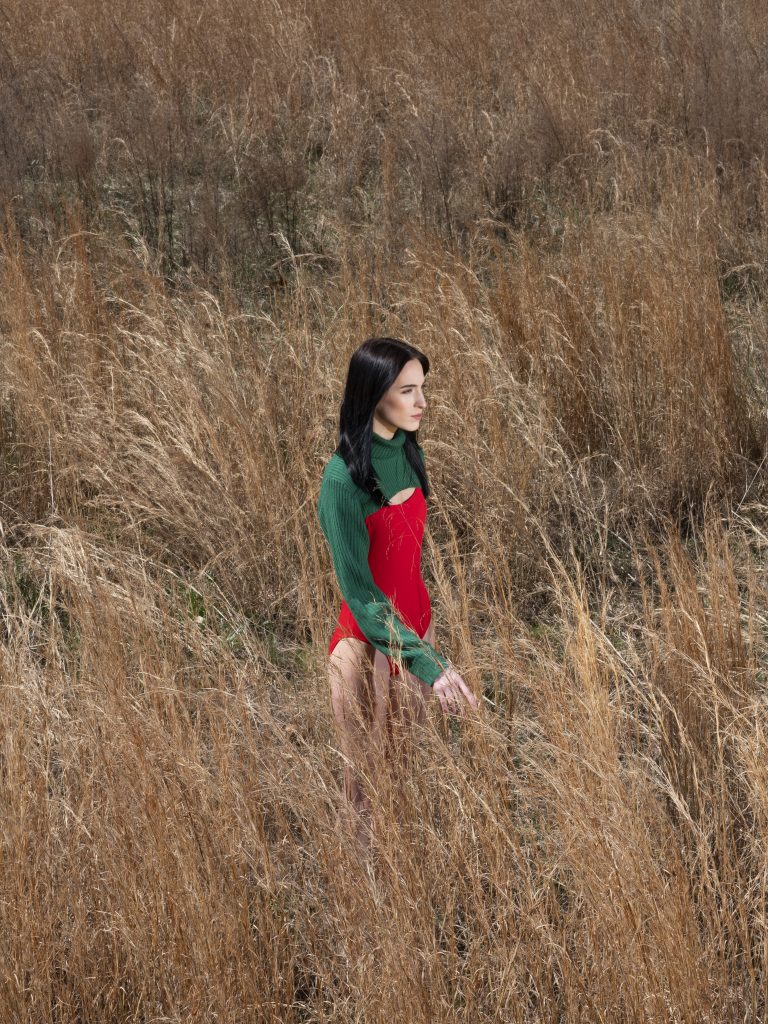
Titles of the images?
“Betwixt and Between”
What’re the photos about?
“Betwixt and Between can be described as the essence of uncertainty. The constant and deep feeling of being ahead and behind all at once. As if wearing a swimsuit in the middle of winter or a prom dress while all alone; Are you ahead of next season or late for last? This uncertainty can be felt at many points in one’s life, especially during times of transition. For instance, as we complete our degrees, we tend to feel as though we have just crossed a finish line; One that has skillfully masqueraded itself as this is just the beginning. We often rush through these phases in hopes of gaining stability and certainty, yet, once all the questions have been answered, we miss the anticipation and curiosity we once had. This series asks viewers to challenge themselves by searching for comfort in the discomfort and finding peace in feeling present.”
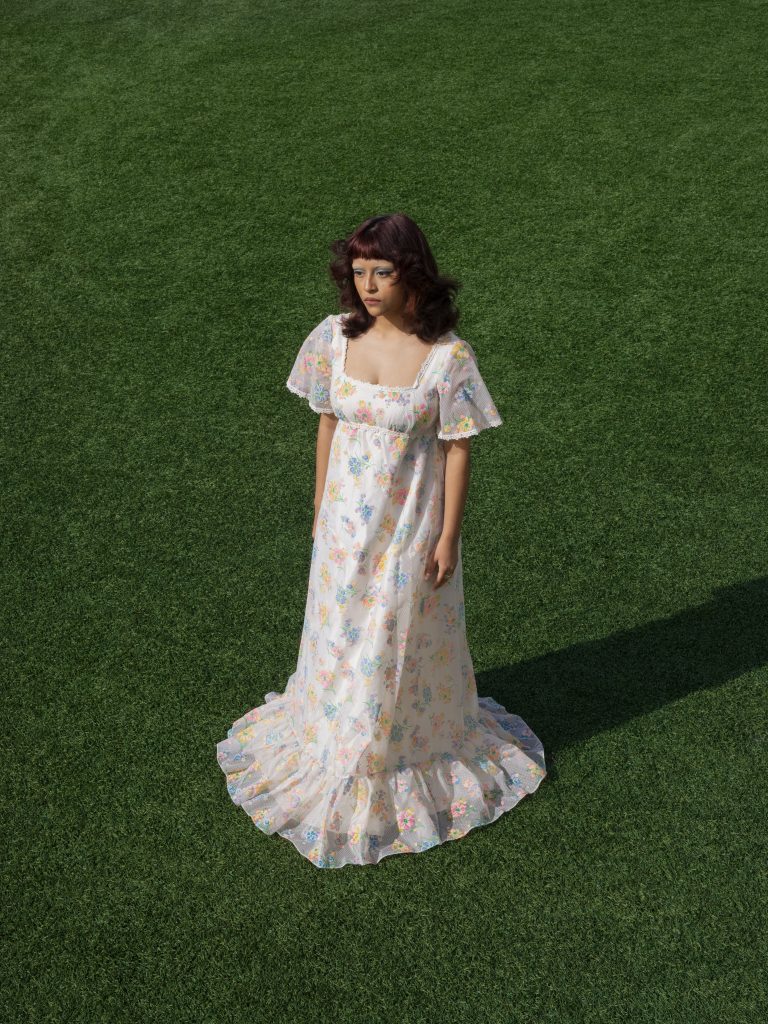
You can follow Armstrong on instagram or visit her website to see more of her work.
Jordan Brooks
How would you describe your photography style?
“I enjoy all forms of photography, but I specifically focus on documentary and editorial images. I do most of my work on location because I find that environment to be most comforting.”
Photos Courtesy of Jordan Brooks.
Titles of the images?
“My project is called Color Outside The Line. I title my images on my website for fun, but I usually am more attached to naming an entire series.”
What’re the images about?
“My work is inspired by street photography from legends like Joel Meyerowitz. His usage of color and ability to capture everyday subjects inspired me. I took that and made it my own. I focused on more isolated moments in a crowded city. This project is all about the “line” of perfection and stepping outside of it. For example, it was a bold choice for me to put a blurry image of a bird on the wall, but that was a reflection of me trusting myself and not worrying about capturing the world in a “perfect” manner. The models seen throughout are family members of mine primarily my grandmother who we call “Gaga”. She came along with me on the trip and showed me NYC for the first time. I love exploring new places and creating poetic narratives from those moments.”
Photos Courtesy of Jordan Brooks.
You can see this collection as well as more of Brooks work by following her instagram or visiting her website.
Rou Marcellus
How would you describe your photography style?
“My work has a minimalistic aesthetic, yet has impact since everything is carefully considered. I believe that simplicity can be a powerful tool in creating images that are both beautiful and thought-provoking.”
Titles of your work?
“The work showed at Imprint was “In The Blood: Entropy” ” In The Blood: Rumination” and lastly ” In The Blood: Bloodlines ” the installation.”
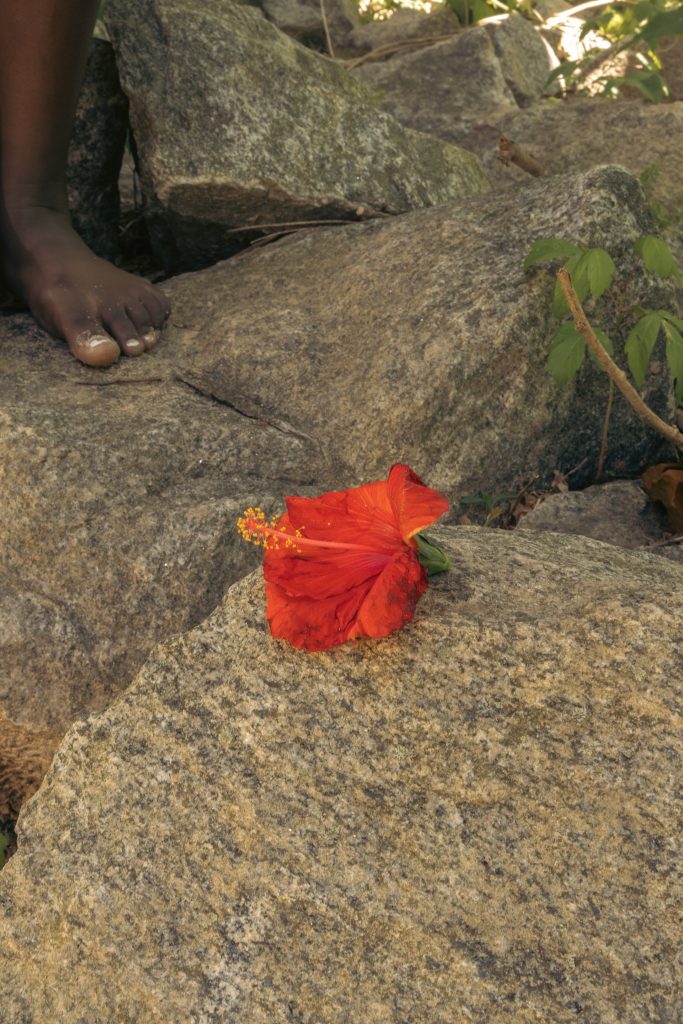
Photo Courtesy of Rou Marcellus.
Tell us about your work.
“In the creation of the series, the process began with a vision that kept coming to me for a while now. I kept seeing the woman in a nightgown covered in blood in the woods, I kept seeing her more after a particular event in my life happed and I felt compelled to bring this vision out of my head. I started conceptualizing the themes and symbols of what I was envisioning and wanted to explore in the series. I started to identify the intersectionality of barriers held against black women. I had to confront some of my emotions and experiences and had to reflect on how I navigate the world as a black woman, and the struggles that come with that. From there, I did my casting, location scouting, and research carefully considering each element in the series, such as the placement of the blood, the location and lighting of the shoot to create a specific mood and atmosphere. I also wanted this project to be an experience by adding installation and video as supplemental pieces. Overall, the process of creating “In the Blood” was a deliberate and thoughtful one, taking into account the complexities and nuances of the subject matter while striving to create a visually striking and emotionally impactful series.
“In the Blood” is a thought-provoking and emotional series that sheds light on the struggles faced by black women in society, while also celebrating their strength and resilience. The series focuses on the experiences of black women living in a world that is often hostile to their very existence. It unveils the hidden battles fought by black women, both on the external and internal fronts. It explores the mental and emotional toll by exposing the invisible wounds inflicted by subtle acts of discrimination, micro-aggressions, and misogynoir. These experiences, though often unseen or disregarded, leave a lasting mark on the lives of black women, shaping their identities and influencing their interactions with the world. “In the Blood” seeks to amplify the voices and stories that have long been marginalized, while highlighting with the indomitable nature and perseverance of black women, despite the challenges they face. “In the Blood” is a call to action, urging viewers to confront their own complicity in perpetuating systemic injustices, inviting them to engage with the challenges faced by black women and to recognize their humanity, dignity, and beauty. Serving as a powerful reminder that the struggles faced by black women are not isolated incidents but deeply entrenched in the fabric of our society.”
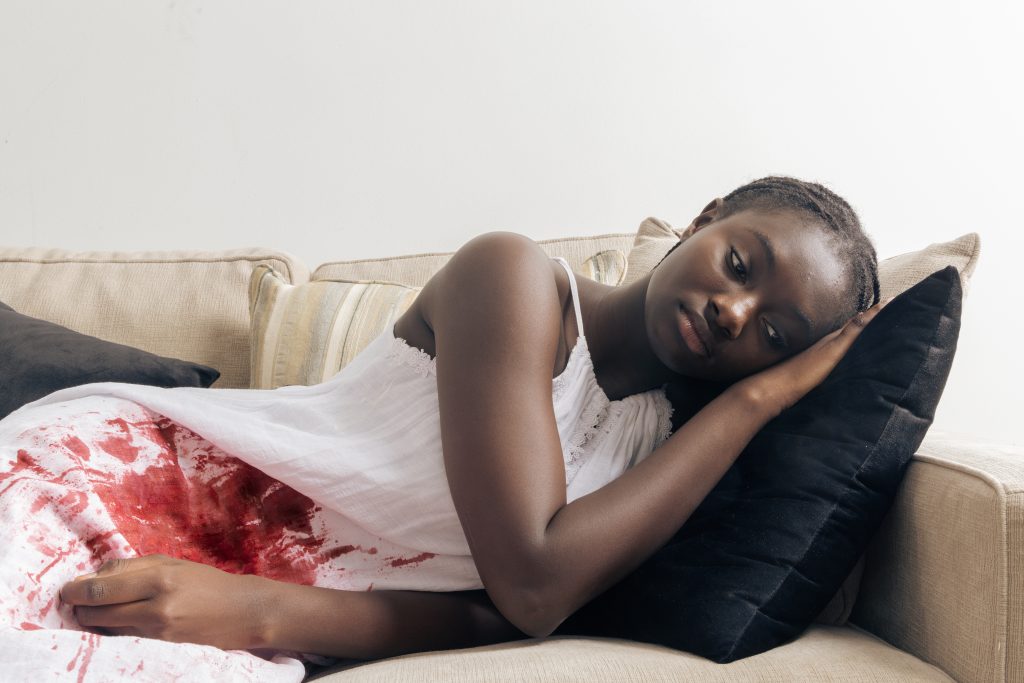
Photo Courtesy of Rou Marcellus.
You can keep up with Marcellus’s future work by visiting her website or following her instagram.
Taylor Edgerton
How would you describe your photography style?
“As a documentary artist, I would describe my work to be a documentation of Southern vernacular spaces, black family history, the stories of Southern people, and the landscape surrounding them. Growing up in the South, it has always been my intention to bring a little bit of the South to the city.“
Image Titles?
“Congregation Archival Inkjet Print 24 in x 36 in and The Boy on the Porch Archival Inkjet Print 18 in x 24 in.”
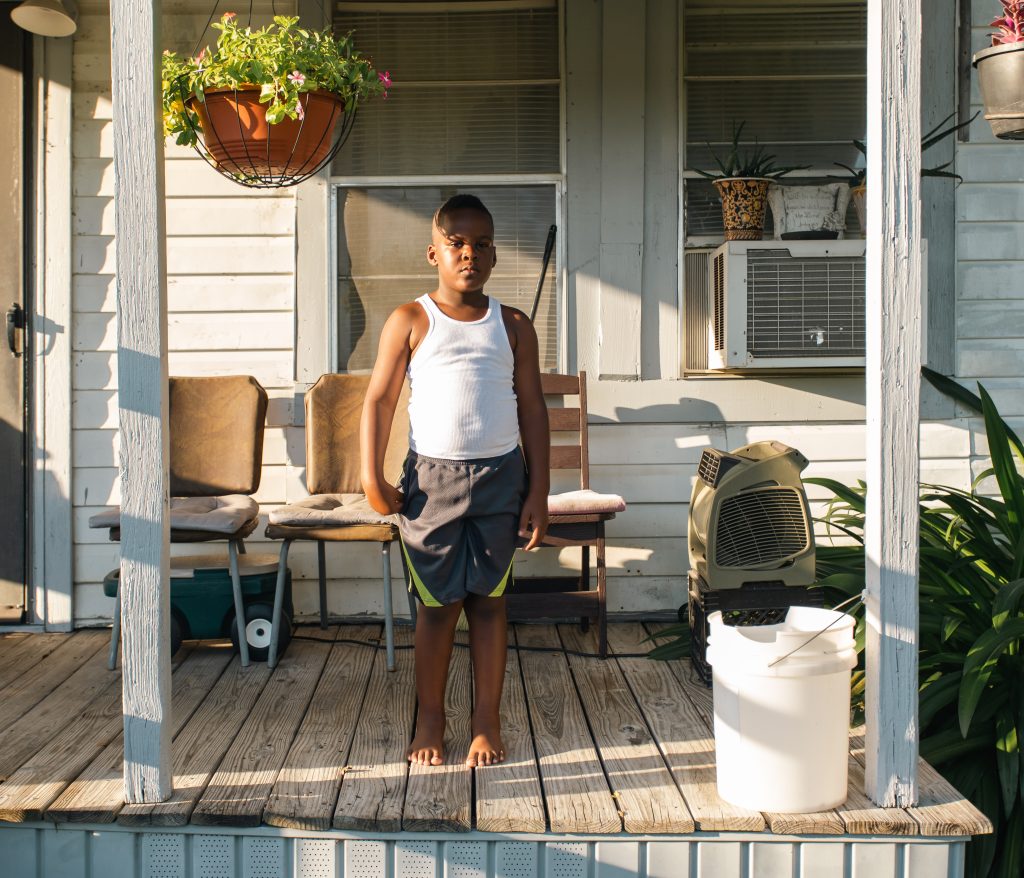
Photo Courtesy of Taylor Edgerton.
About the Installation:
- “Old Coffee Table: It has been in my grandparent’s living room for as long as I have been born, so over twenty years.
- A photo Album: An archive of all of my images that represent my intentions for this series. The album symbolized the many photo albums my grandparents keep in their home
- The plates (pictured below): Through the technique of polaroid lifts, I arranged glass plates displaying my grandmother’s and her sister’s hands because they prepare the Sunday dinner after church. This piece complements Congregation.”
Photo Courtesy of Taylor Edgerton.
The photograph, Congregation, is of the men and the brothers of my grandmother, who work and build outside of the home.
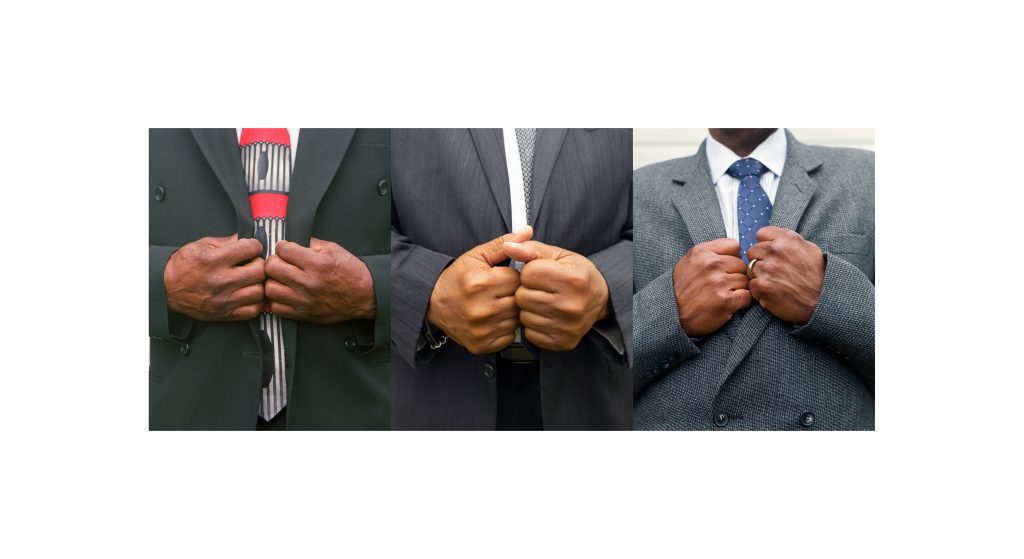
Photo Courtesy of Taylor Edgerton.
Tell us about your work.
“With this series, several concepts are explored in this work, such as my personal outlook and interpretation of our lineage and family as well as the importance of congregation, church, and regality (in terms of personal appearance with the suits and place). It was imperative for me to include members of my family since they play a role in my experience. Inspired heavily by Tyler Mitchell’s, An Imaginative Arrangement of the Things Before Me, and Beyoncé’s film, Black Is King, I wanted to give a glimpse of what my experience was like growing up in a black household and the importance of our elegance within it: the Sunday Best suits, the frilly dresses, the details of the interior spaces in which I grew up, and the people that have made me who I am today. I want to give the feel of love, togetherness, and the beauty of black families and their homes with the photographs I have chosen for this series.
Through this installation, I am presenting a piece of my grandparents’ home in a photo album, which contains old, archival pictures of family members and other albums filled with images we don’t even remember taking. In addition, I wanted to use the same coffee table that has been in my grandparents’ living room for as long as I can remember. Through the technique of polaroid lifts, I have arranged glass porcelain plates displaying my grandmother’s and her sister’s hands.
Each Sunday, our food is prepared by people whose hands are displayed on the plates, while the hands caressing the suit jackets in Congregation symbolize a sense of dignity and the significance of wearing our Sunday Best, as well as symbolize the working man’s hands that build the foundations of the house so that the food can be prepared.”
You can follow Edgerton on her photography by following her instagram or visiting her website.
About Jee Su Kim
Jee Su Kim is a South Korean fine art photographer, videographer, and filmmaker. She is currently majoring in fine art photography and minoring in film at Savannah College of Art and Design. She works with diverse mediums that range from documentary photography, cinematic photography, films, mixed-media pieces to composite imagery. Her work goes beyond documenting literal representations by blending her subjective vision to create more emotionally evocative images through symbolic and abstract imagery.
As a visual storyteller, influenced by cinema, she has been looking at the world through a cinematic perspective to tell a narrative through her photographs. She loves to capture her imagination by carefully staging her subjects in an ordinary background to convey a certain story or emotion while preserving the documentary element of her photographs. She seeks to highlight the mundane by blurring the lines between reality and illusion to create an intimate and emotional experience with the viewer by allowing them to interact with the subjects photographed.
Photos Courtesy of Jessu Kim.
How would you describe your photography style?
“I’d say my photographs are very surrealistic, capturing the “in between” of reality and fiction. My work mainly revolves around a visual motif of displacement and isolation, yet it is within these themes that I strive to highlight the emergence of beauty and empowerment. As a visual storyteller, my photographs portray what is beyond the surface, something deeper—the emotion and the experience that I set for the audience to establish personal connections with my work/subject and interpretations based on my imagery.”
Photos Courtesy of Jessu Kim.
Tell us about the work you had displayed.
“The Chameleon and Familiar Disconnection series both share the theme of identity, with a strong focus on cross-cultural communities worldwide. Growing up as a third culture kid myself, struggling with the challenge of defining home and seeking a sense of belonging, it has lead me to explore themes of displacement and allowing me to find solace in the art of photography. Chameleon is my first self portrait project, offering a deeply personal and intimate narrative that delves into the essence of who I am and where I derive my sense of belonging and identity. This emotive body of work serves as a testament to the profound truth that human connections transcend the boundaries of identity and culture. It is the people around me who shape and mold my identity. Familiar Disconnection also explores the complicated splendor of identity. It strives to visually portray the multifaceted layers of identity and the inherent confusion that accompanies it. Many individuals who are from diverse cultural backgrounds experience the struggles of feeling disconnected from their heritage culture and the culture in which they were raised. Hence, through both of these series I aim provide a place for cross cultural communities to relate to these shared experiences. Not a lot of the people fully understand the struggles that cross cultural individuals go through, and I hope to share their/our stories with a broader audience. “
You can follow Kim on her photography journey by following her instagram or visiting her website.
Lia Manfredi
How would you describe your photography style?
“My photography style blends documentary subject matter with a commercial lens to create compelling visuals of diverse lifestyles, communities, and environments. I am primarily drawn to the social commentaries of communities and environments and capturing them through analog and alternative processes.”

Image Title/s?
“Nanny, Sentaku, Shitamachi – Kyoto”
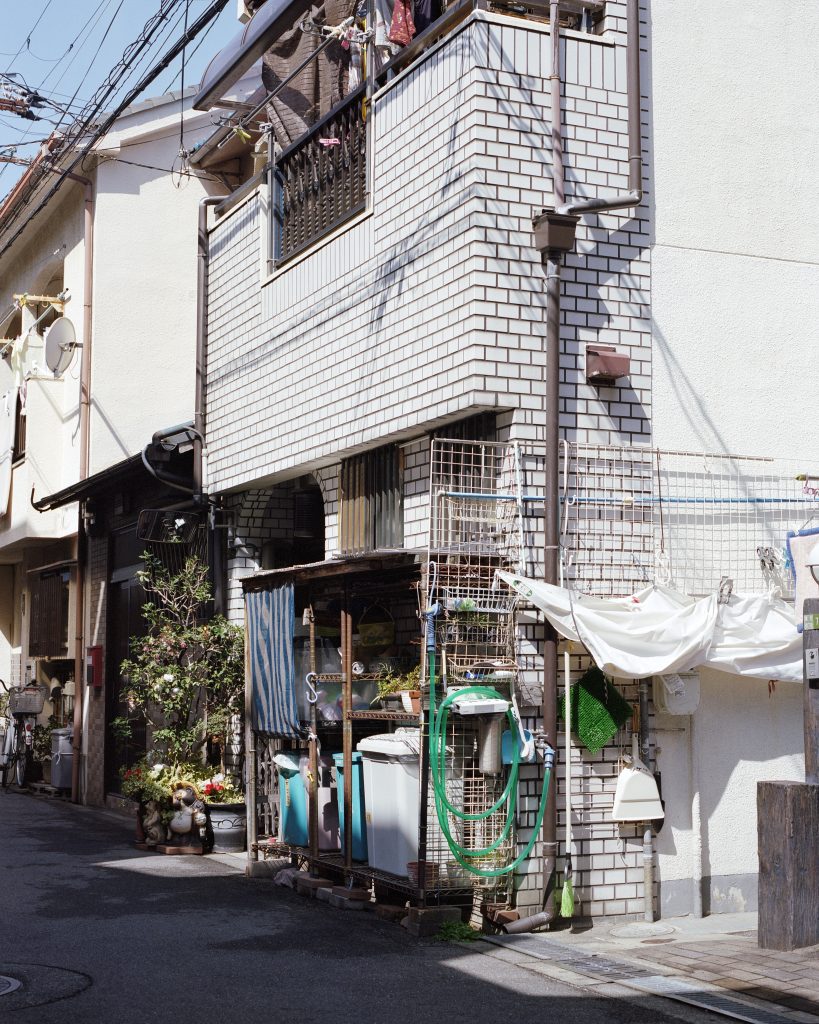
Tell us about your work
“Lost in Translation, Found in Time explores the disconnection between instilled cultural identity and the discovery of a sense of self as you mature. This series identifies the family parallels through retrospection, in pursuit of my own relationship to my heritage and the past. These images are my perspective of the individuals, artifacts, and environments that connect and embody my affinity to who has come before me and how I continue after. The Japanese lanterns symbolize the literal and metaphorical reflections of myself through the memories and nuances that have been ingrained since my childhood. The past, the present, and the future will continuously shape who I am as I search for a connection in translation.”
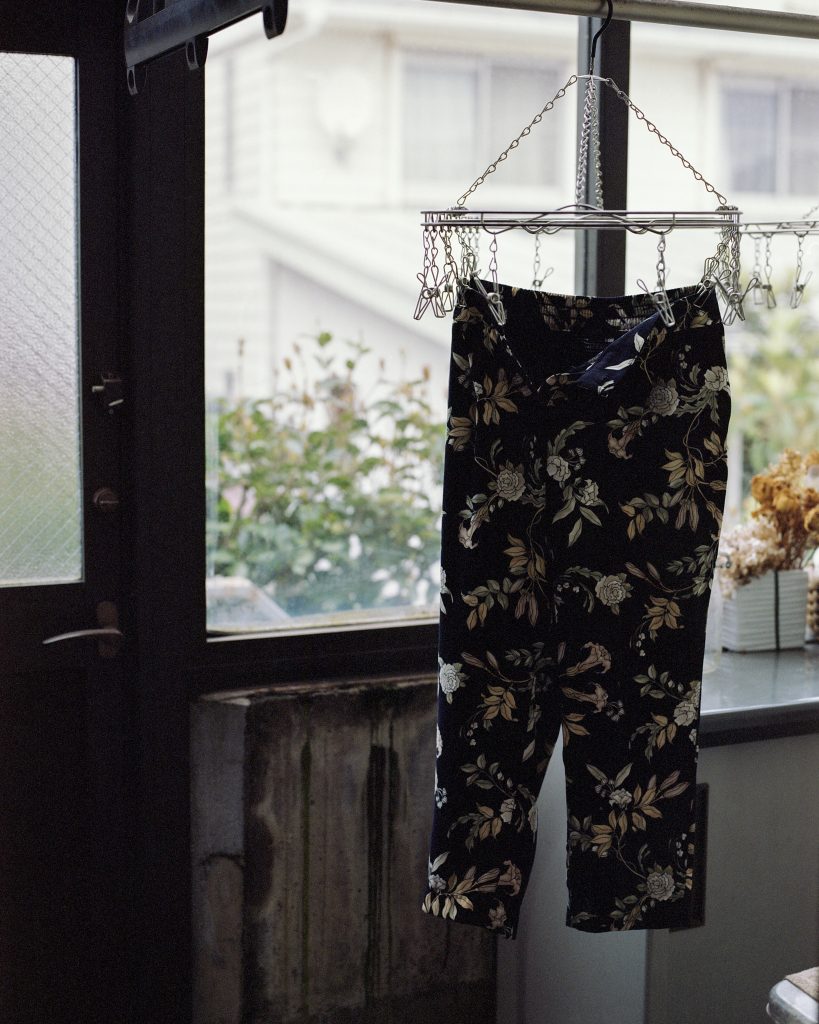
These seniors truly left a lasting imprint at the SCAD photo department with each of their own individual stylistic and narrative voices portrayed through their work.


























